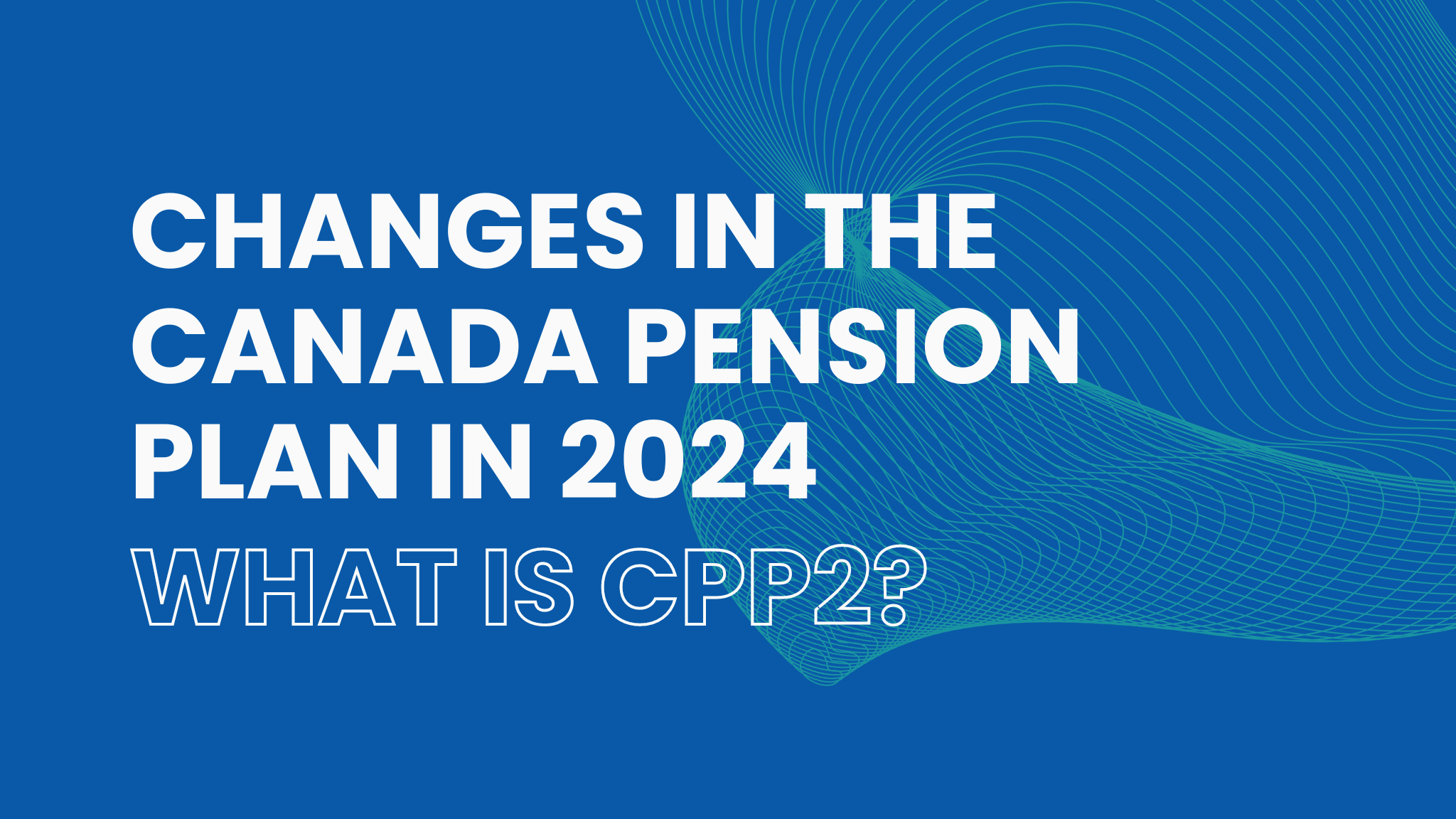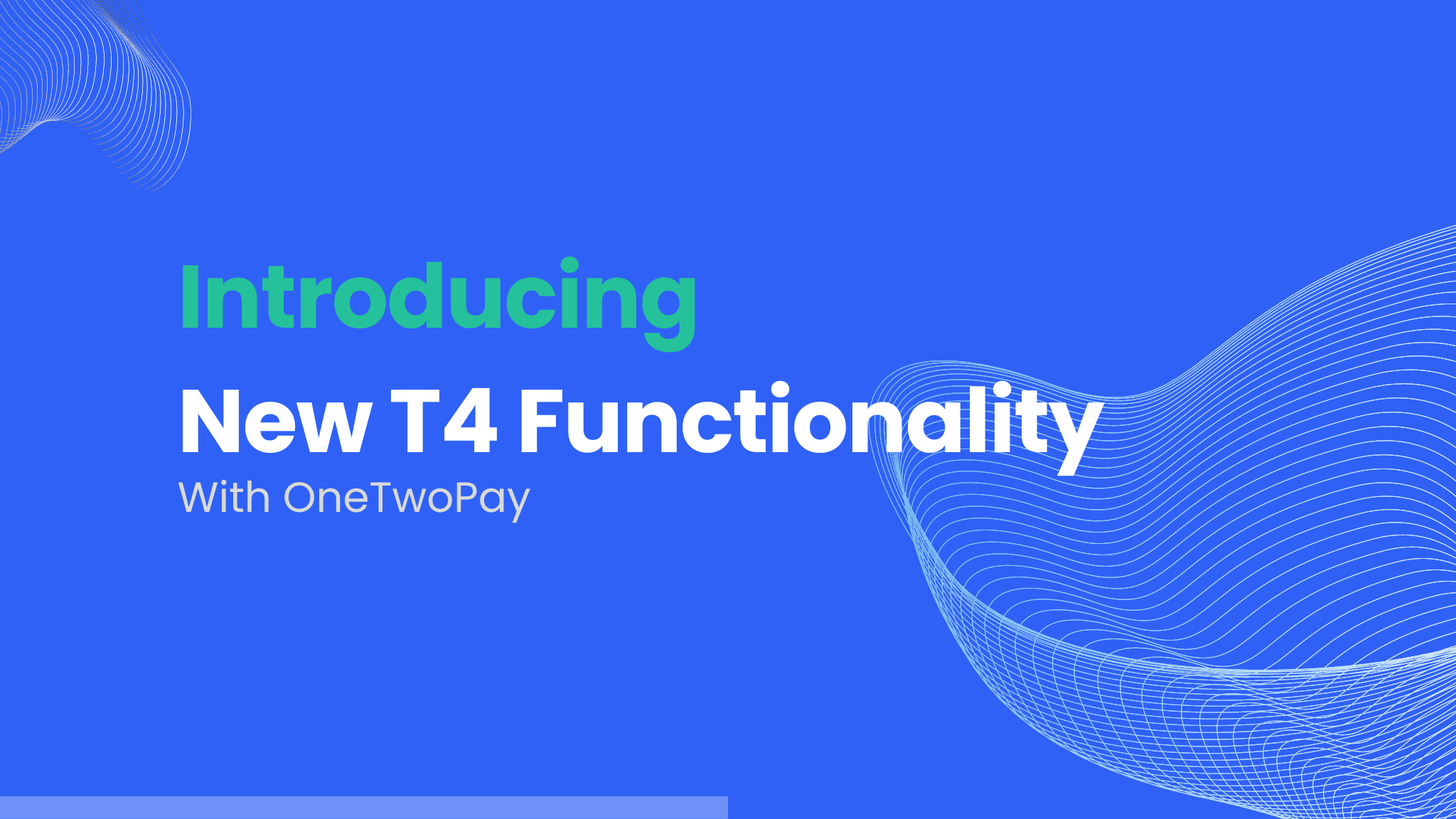
Comprehensive Overview Changes in the Canada Pension Plan in 2024: What is CPP2?
The Canada Revenue Agency (CRA) recently announced significant updates to the Canada Pension Plan (CPP), effective January 1, 2024, as part of phase two of the CPP enhancements. These changes will influence contribution rates, maximum pensionable earnings, and how pensions are calculated. We understand that navigating CPP can be confusing, even more so when changes are afoot. So, we’ve put together a comprehensive guide to help you understand what the changes are and how they impact you. Let’s dive in.
What Is CPP?
The CPP is a pension system that impacts most Canadian workers (excluding those under the Quebec Pension Plan - QPP). Its primary goal is to provide reliable income for contributors and their families in retirement, death, or disability situations. Contributions are made by employees, employers, and the self-employed, and are managed by the CPP Investment Board.
The CPP Enhancements
Starting in 2019, CPP enhancements aimed to increase the maximum CPP retirement pension benefit by up to 50%. These enhancements will mainly benefit younger workers who will be paying CPP for years to come. Phase two, starting in January 2024, brings significant changes in contribution rates and maximum pensionable earnings.
Since 2019, both employees and employers have seen incremental increases in CPP contribution rates, rising to a rate of 5.95% in 2023, up from the initial 4.95% in 2018. At the same time, self-employed individuals, who carry the cost of both the employee and employer portions have seen the contribution rate increase to 11.9%.
CPP Changes Coming in 2024
In the coming year, employee and employer CPP contribution rates remain at 5.95%, with the maximum pensionable earnings rising to $68,500 while retaining a basic exemption of $3,500. As a result, the maximum CPP contribution for 2024 will reach $3,867.50 for employees and employers. Self-employed individuals will face a maximum contribution of $7,735.
Introduction of Second CPP Contributions
Also, starting January 1, 2024, there will be a second CPP contribution rate and earnings ceiling, known as the "Year’s Additional Maximum Pensionable Earnings" (YAMPE). This new limit won't replace the existing one; instead, it will subject worker’s earnings to two distinct earnings limits.
Employees and employers will each contribute an additional 4% on earnings above the first earnings ceiling (the YMPE) up to the amount of the second earnings ceiling (the YAMPE). For self-employed individuals, the second CPP contribution rate will be 8% of income earned between the first and second earnings ceiling. This means that, for employees earning more than $68,500 per year, an additional annual contribution of up to $188 CPP2 will be made by the employee and the employer. For self-employed individuals, that additional amount is up to $376.
CPP Enhancements: 2024 to 2025
The value of the second earnings ceiling is based on the first earnings ceiling, set at 7% higher in 2024 than the first. In 2025, it will be set at 14% higher than the first. From 2026 onwards, both ceilings will continue increasing incrementally each year, while the contribution rates will remain constant.
For instance, assuming the estimated first earnings ceiling in 2025 is $69,700, and the second earnings ceiling is $79,400 (approximately 14% higher than the first), individuals earning between these limits will make second CPP contributions of up to $388 per year on the difference between these two limits, which is $9,700.
How will the CPP enhancement affect you?
The CPP enhancement, initiated in 2019, marked a gradual rise in annual contribution rates spanning over seven years. Individuals experiencing an income of $55,000 annually, for instance, witnessed an approximate increase of $128.75 in their 2023 CPP contributions compared to those made in 2022. The extent of CPP benefit increments depends on the duration and amount contributed to this enhancement. People who are new to the workforce are set to experience more substantial CPP benefit increments, while those nearing the end of their working years will see smaller increases.
This enhancement exclusively impacts individuals actively contributing to the CPP from 2019 onwards. Retired or non-contributing individuals will not see any changes in their CPP benefits. Commencing on January 1, 2019, the enhancement progressively heightened the CPP contribution rate annually for five years, culminating in the last increment on January 1, 2023. A subsequent CPP contribution rate and earnings threshold are slated to come into effect in 2024, influencing only individuals whose earnings surpass a specified limit.
What Do I Need to Do for CCP2?
Employees
For employees, not much will change until tax time. During tax filing, you will need to separate CPP contributions into two segments: the CPP base coupled with the first CPP contributions, followed by the introduction of second CPP contributions from 2024 onwards. The base contributions are computed at a rate of 4.95%, while first CPP contributions are at 1%. Both are reported jointly in Box 16 on the T4 slip, with the addition of Box 16A in T4 slips from 2024 to delineate second CPP contributions.
Claiming a 15% non-refundable tax credit for base CPP contributions is applicable, while a tax deduction can be accessed for enhanced portions such as first and second CPP contributions. The tax software, whether used electronically or for paper filing, will support you in the separation and filling out of base and enhanced contributions.
Employers
Employers are required to withhold and remit second CPP contributions in addition to base CPP contributions. Reporting employees' base and first enhanced CPP contributions remains unchanged in Box 16 on the T4 slip. However, from the 2024 tax year, the addition of Box 16A on the T4 slip is mandated for employees' second CPP contributions. All employer contributions to the CPP remain tax-deductible.
Self-Employed Individuals
Self-employed individuals will experience parallel adjustments in contribution rates, necessitating modifications in tax filings to reflect the division between base CPP contributions and the newly introduced CPP2 contributions.
While this may seem like a lot of change, the CRA has adjusted their processes to make it as simple as possible for you at tax time. There is a plethora of information available to support you, and you can rely on this guide to get you started. Another helpful resource is the Canadian Government’s examples which can be found here.



